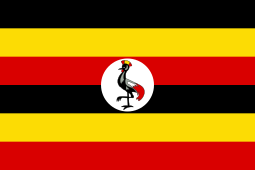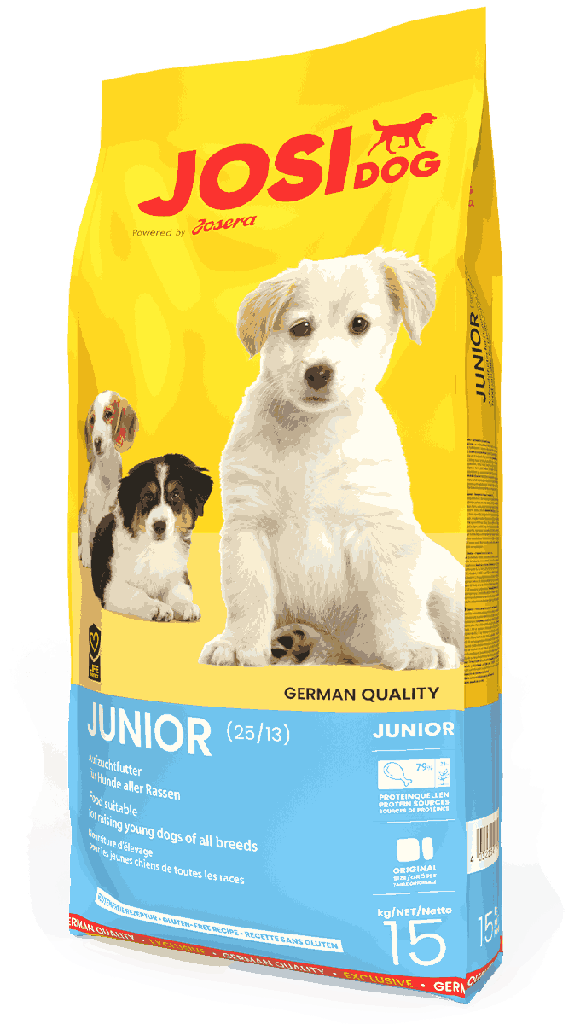Composition: Complete feed for growing dogs
Whole grain corn, dried poultry protein, rice, poultry fat, beet fibre, hydrolysed poultry protein, minerals
|
Age (months) |
|
Expected
body weight
when
fully
grown
/ 24 h
|
1,5 - 2 |
3 |
4 |
5 - 6 |
7 - 12 |
13 - 20 |
| 5 kg |
65 - 85 g |
85 - 100 g |
90 - 105 g |
95 - 110 g |
95 - 105 g |
- |
| 10 kg |
95 - 120 g |
130 - 155 g |
140 - 165 g |
150 - 175 g |
150 - 175 g |
- |
| 20 kg |
150 - 175 g |
210 - 250 g |
230 - 275 g |
250 - 295 g |
255 - 290 g |
- |
| 30 kg |
195 - 225 g |
275 - 325 g |
305 - 360 g |
335 - 390 g |
340 - 400 g |
340 - 430 g |
| 40 kg |
240 - 280 g |
340 - 400 g |
380 - 445 g |
415 - 485 g |
420 - 500 g |
420 - 470 g |
| 60 kg |
250 - 295 g |
415 - 490 g |
480 - 565 g |
540 - 635 g |
560 - 680 g |
570 - 635 g |
| 80 kg |
310 - 365 g |
515 - 610 g |
595 - 700 g |
670 - 785 g |
690 - 845 g |
710 - 785 g |
The recommended feeding amount is per animal per day.
The feeding amounts stated are based on a dog’s adult weight. In growing
dogs, an optimum growth rate should be achieved through a moderate
energy intake. If your dog is too big and too heavy for its age, it is
advisable to reduce the amount of food. An adequate supply of nutrients
is ensured even with smaller portions.
Make sure your pet has fresh water at all times.
The amount of food should be reduced, for example if snacks are also
provided.
 Uganda
Help
Sign In
Uganda
Help
Sign In
